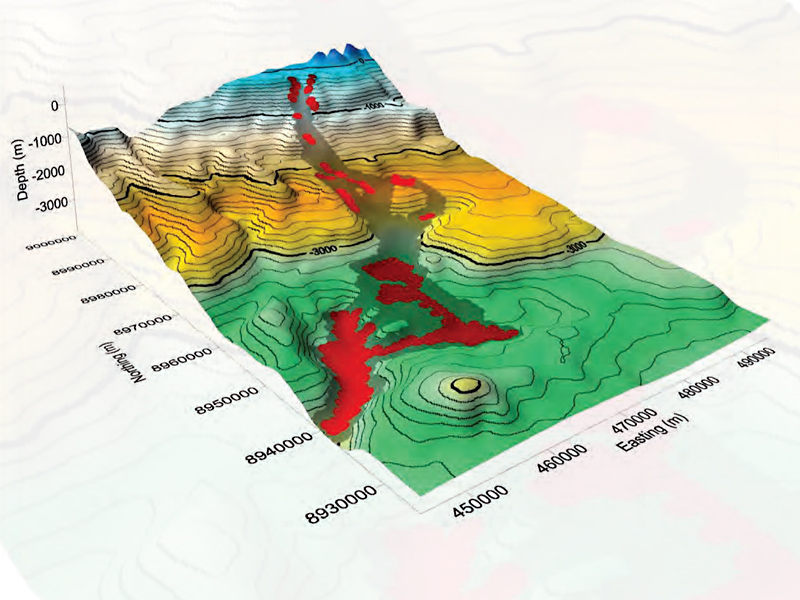More scientific research needs to be done to understand and assess the environmental impacts of wastes from mining operations which have been disposed into the marine environment, a new report shows. The Joint Group of Experts on the Scientific Aspects of Marine Environmental Protection (GESAMP) report, Impacts of mine tailings in the marine environment, provides the findings of an international workshop held in Lima, Peru (in 2015) and makes a number of recommendations for future work. The report notes that there are major gaps that need to be addressed in the scientific understanding of the behaviour of mine tailings in the sea at depths greater than 20m to 80 m and consequently the short- and long-term impacts on the marine environment and other potential users of marine resources. Scientific gaps in measurement and monitoring techniques in assessing impacts of existing and proposed new deep-sea discharges of mine tailings need to be addressed. Since the workshop, GESAMP has established a dedicated working group to assess the environmental impacts of wastes from mining operations which have been disposed into the marine environment, under the co-lead of IMO and UN Environment.
A number of large-scale mines worldwide use marine or riverine disposal for mine tailings, under Government permits.
IMO is the Secretariat for The Joint Group of Experts on the Scientific Aspects of Marine Environmental Protection (GESAMP), which is an advisory body, established in 1969, that advises the United Nations (UN) system on the scientific aspects of marine environmental protection. Reports and studies published by GESAMP are freely available on the GESAMP website.
